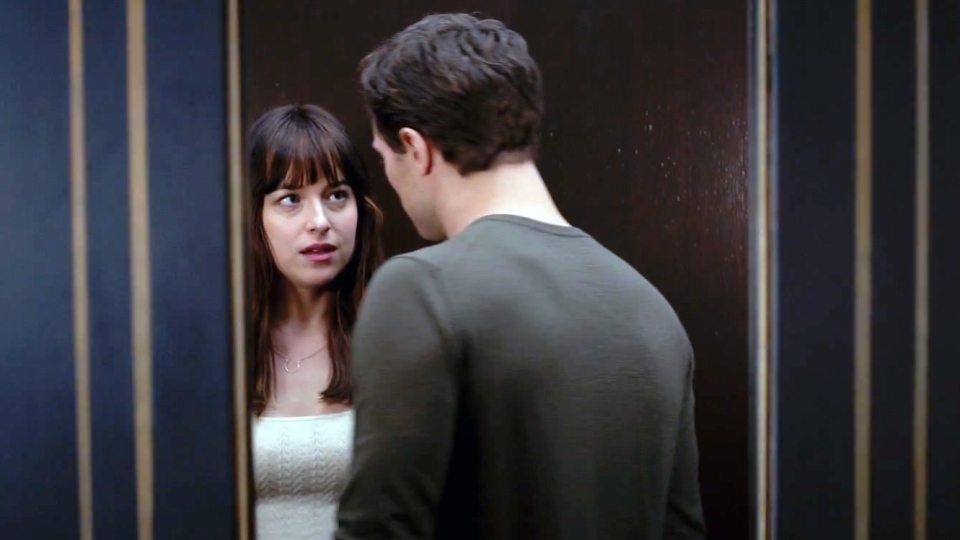All we see is the final product. The power of a film sometimes lies in how well it is able to pull its audience into the experience rather than them realizing the situation taking place is either fake or uninteresting. Therefore, what is portrayed on the screen must look authentic. When a scene runs, it is important that the required emotions, character development, and story arcs are conveyed to the viewers, and so every single cast and crew member must try and give it their all. During the filming of certain key moments in a picture however, this is not the easiest thing to do. A prime example of this type of segment is the sex scene. A sex scene can convey so much, but it is (oft-times) hard to initiate and execute.
Why Sex Scenes Are Important
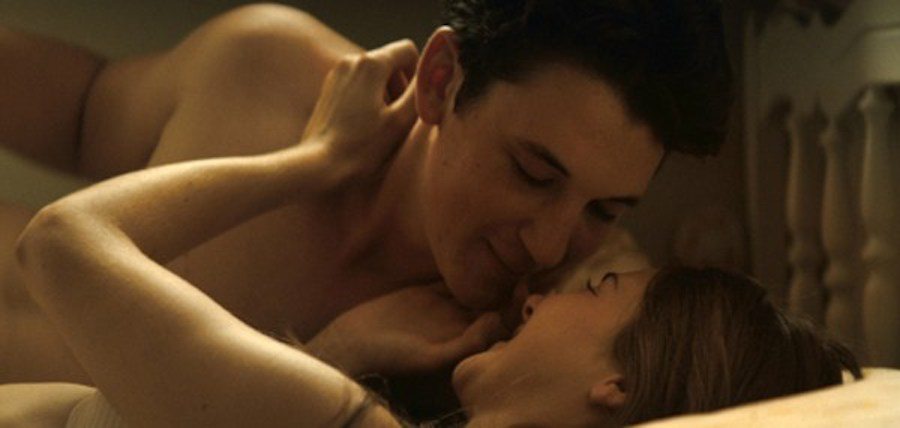
Sex scenes are unquestionably difficult to shoot? The main reasons for such difficulties arises out of shame, embarrassment, awkwardness, and shyness. These are all human emotions that must be realized and respected, so there is a certain etiquette that is followed during production, which is what we will be discussing in the coming paragraphs. A good example of a sex scene done right is the opening monochrome montage in Lars von Trier’s ‘Antichrist’. In it one can spot the intimacy and other-worldliness of the act performed, which pretty much sedates our protagonists, not making them realize the deadly happening occurring right by them. The scene is beautifully realized, and is a little hard to watch, but it being one of the most precious moments in an already mesmerizing film says a lot about sex scenes in general. When carried out well, it can pour out necessary information and feelings to an audience, and all of this is required to keep the story of a picture alive. Therefore, I think it is important to discuss how these kind of scenes come into play, all the way from their birth to their display on the big screen.
The Technique
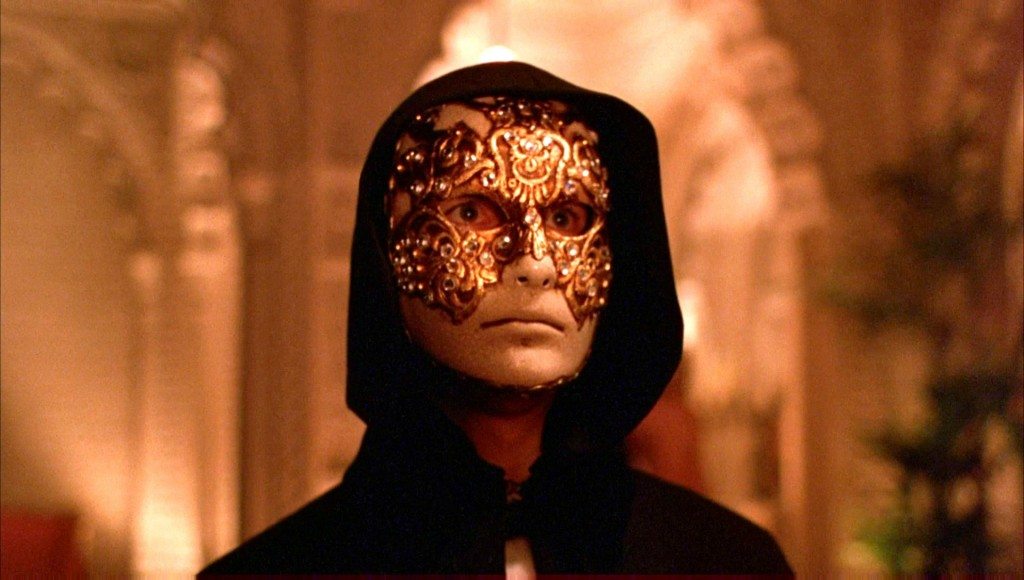
Maybe it could just be the “sex sells” reason that prompts filmmakers to include such moments in their pictures. Whatever it may be, the birth of a cinematic lovemaking scene is in the screenwriter’s mind, which he/she then puts onto paper in the screenplay that forms the blueprint of a film. It doesn’t come out of nowhere.
Films that aren’t made with the intention of slipping into pornography rarely show penetration, and hence the bodies of actors are only implied to be fully nude. In fact, most of the time, the male actors have their penises covered with a garment that acts as a sort of harness (aptly nicknamed the “cock sock”) and females have their vaginas blocked some way, either with panties or something smaller if the area on the body covered by the camera happens to be more.
Okay, we may just be getting ahead of ourselves there. Even before the act takes place, or the film is put into production, it is highly important to get the consent of the actors who are supposed to take part. This is done in the form of signing a contract, as long as it is only clothlessness that is in question. A ‘nudity clause’ is introduced further for scenes of a sexual nature, which describes in detail all the things there is to know about the moment: how much will be shown, how long it is, who will be on set, etc. There is usually a meeting arranged between the director and actors involved so that the mood is lightened, and any further questions on both their parts can be answered.
When a sex scene is to be filmed, it is usually done on a closed set (unless the filmmaker is someone like Tommy Wiseau, in which case you get the complete opposite and a lot of insistence from the director regarding his decision, which then become one of the most infamous points of ridicule about the movie) with only the director, cinematographer, boom operator, and script supervisor present. Sometimes, the assistant cameraman is also called up for additional help. In order to respect the actors’ privacy, some crew members who do not handle the visual side of things turn around and away from the performance.
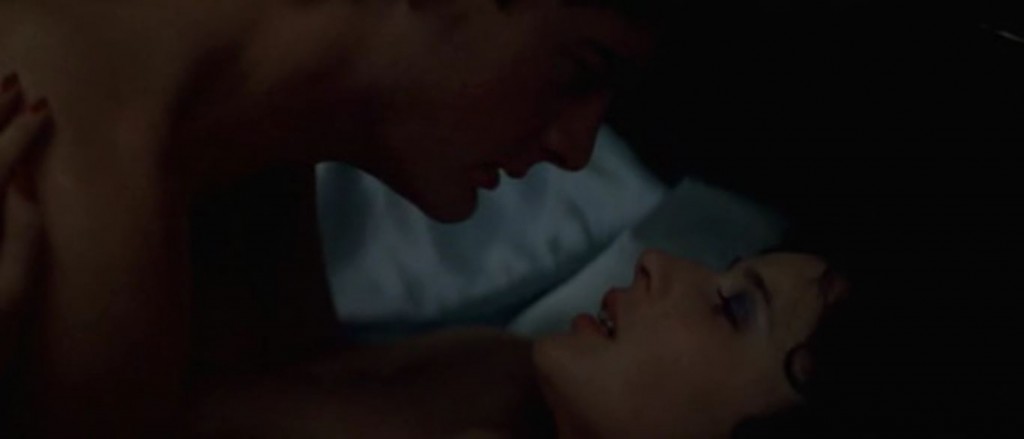
For about 95% percent of all lovemaking scenes shot in the history of cinema, the handling has been pretty professional. Sure, back in the days of the first couple nude scenes (see: Austrian filmmaker Johann Schwarzer’s erotic cinema from 1906 to about 1911) nudity was only performed by “local unknowns” who spent the day doing jobs like or akin to prostitution, with no contracts, back-turning, and protection. Since it is now seen as an artistic form of expression, the filming of such segments in movies come with their own share of respect.
If you’ve noticed closely the happening of this kind of scene in films (mainly Hollywood productions), it is fairly visible the strong use of cuts and scene transitions. This is to shoot the moment from different angles so as to receive ratings that aid the growth of box office numbers (an NC-17 is usually a no-go). The break taken in between two shots is utilized to set the whole thing up again, including the camera, the lighting, the way the actors are positioned, etc.
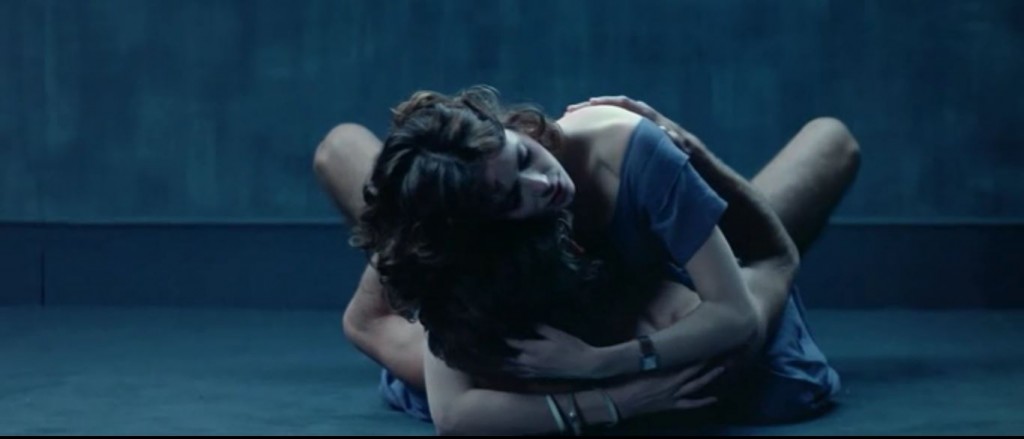
There are several methods used to make the job easier for the actors involved. One interesting way is getting them a little tipsy. Alcohol has been helpful backstage in getting the players relaxed and less self-conscious. Another method is to converse with them in such a way that the mood on set is made lighter, more accessible, free, and understanding (while, of course, getting the task done). This allows a flow of trust between both the actors and the filmmakers. Not wasting time and getting the whole thing done with quickly can help everyone involved do a good job, although it is something that shifts from director to director. Some filmmakers, who like to be a little more calculated about how they carry things out might be more meticulous in their approach, which shouldn’t necessarily be a bad thing as far as the final product is concerned, but can get a little tedious behind the scenes.
The Experience
Michael Shannon summed up his experiences with “I always say sex scenes in movies, it’s just like having sex, except without any of the pleasure, but all the horror, fear, anxiety, sadness, and loneliness is all there to enjoy, just none of the pleasure part.” The reason to this could be that it is all so technical in practice, lacking true intimacy as well as privacy. In a way, that bears fruit, because this results in none of the actors or crew members getting carried away by the moment. Though it isn’t fair to equal the atmosphere of shooting a sex scene to other parts of a film, it just might not be as heated and/or awkward as you think.
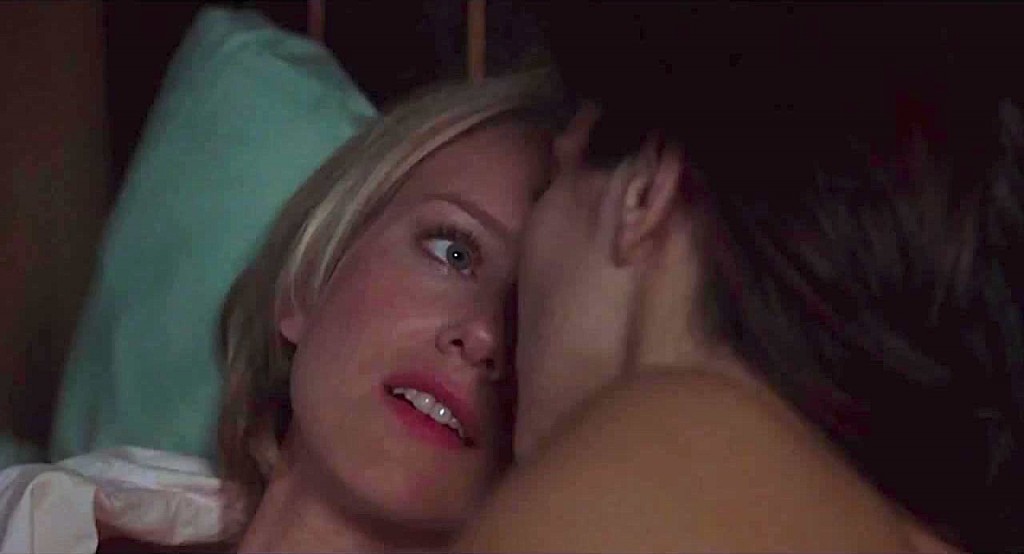
To wrap up, I’d like to talk about one of my favorite sex scenes in cinema, from ‘Mulholland Drive’. It’s deeply unsettling, erotic, mysterious, and, in a lot of ways, off-putting. The emotions that get stirred up in that moment of total rapport are indescribable, and the only reason it worked that well was because it was filmed with an exceptional set of talented cast and crew members. If you’re ever looking for a moment in film history that can make you understand the power of this sort of scene, I’d highly recommend you check it out. It should be obvious that the best lovemaking sessions in cinema are the ones that are filmed well, and so, I think it’s all the more great that now you know how all of it is done.

